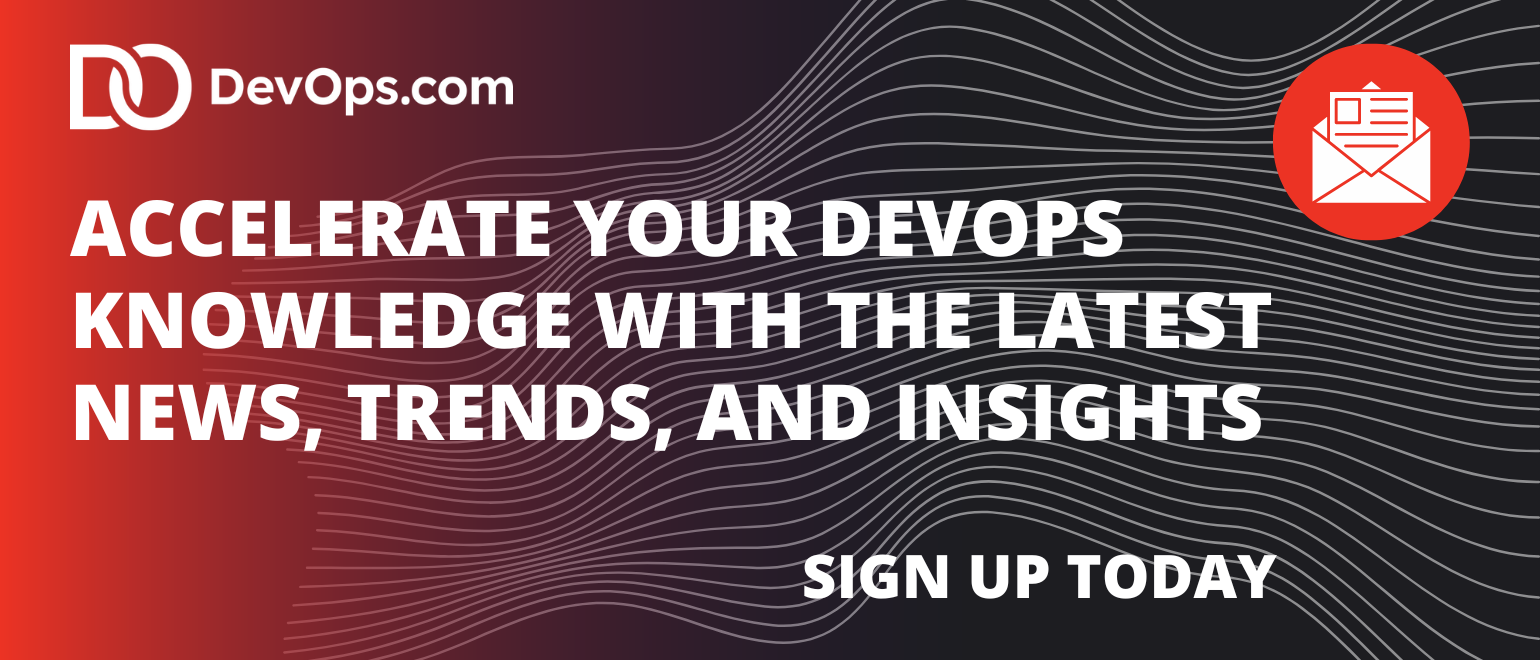At swampUP 2025, JFrog’s Yonatan Arbel reflects on his journey inside the company and how developer DNA continues to shape JFrog’s culture. Arbel, who has spent nearly a decade with JFrog, began as a software engineer before moving into leadership and eventually into a developer relations role. But as he emphasized, “once a developer, always a developer.” He still codes daily, keeping a hands-on perspective that influences how JFrog builds and communicates its platforms.
That commitment to staying close to the keyboard led Arbel to create JFrog’s first experimental MCP (Model Context Protocol) server as an open source project. Uploaded to GitHub almost as a side experiment, the project quickly gained traction — even attracting pull requests from NVIDIA and references from Cisco. For Arbel, it was validation that MCP represents a real turning point in how enterprises will connect APIs, AI models, and DevOps workflows.
He described his process as “sketch coding,” akin to vibe coding, where ideas start as rough AI-assisted prompts before maturing into production-ready tools. That approach mirrors how many developers are now blending AI into their workflows: iterating quickly, validating ideas, and only then investing in hardening code for scale.
Arbel also highlighted the excitement — and occasional sense of magic — that comes from integrating AI into day-to-day development. Whether it’s pulling runtime insights from an IDE or rapidly prototyping new capabilities, the goal remains the same: help developers work smarter while ensuring JFrog’s platforms support security, governance, and scalability across the software supply chain.
The conversation underscored how JFrog continues to bridge its engineering roots with the demands of modern DevOps, proving that innovation often starts with developers who never stop building.




